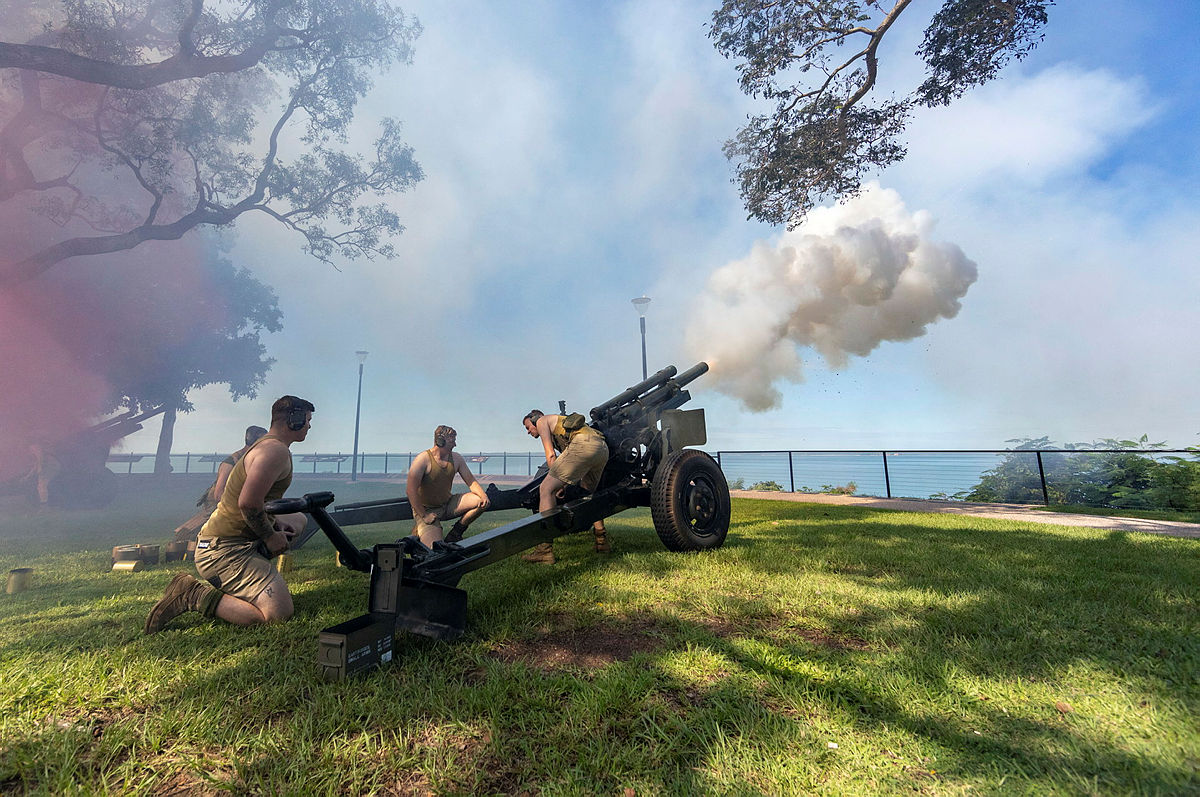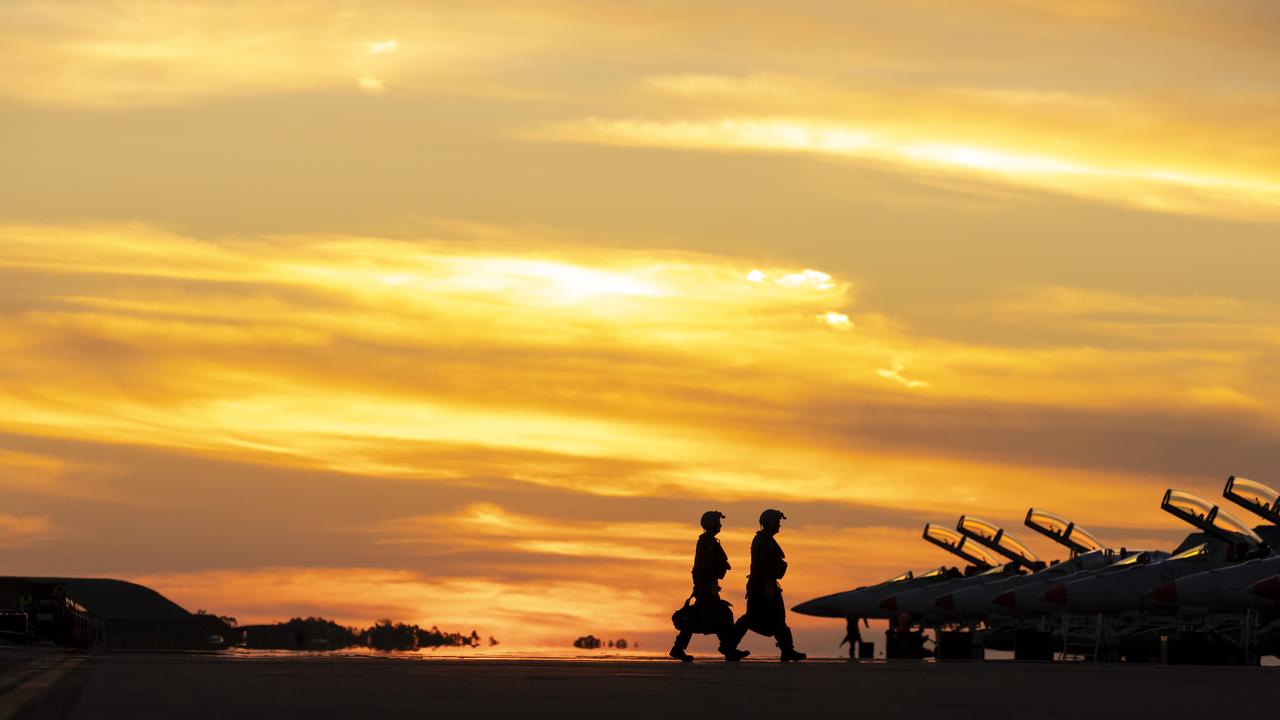
When there’s no time left to change the structure of the military, the need is to look instead at force posture

When there’s no time left to change the structure of the military, the need is to look instead at force posture

The nation’s pre-election preoccupations are trivial, even while huge shifts in global security demand that our leaders consider actions that have been unthinkable.
In this article, AALD alumni Peter Hartcher proposes:
Australia soon will be discussing with Washington the options for hosting major US combatants, including nuclear-capable planes and ships and subs, on Australian territory, in rotation or home-basing.
... but expect to be left in the lurch in the likelihood of USA abandoning democracy
On the back of the announcement of AUKUS, an alliance between Australia, the United Kingdom and the United States, the US charges d'affaires to Australia flagged a "bigger, more integrated, more ambitious" Marine Corps deployment.

At AUSMIN in September 2021, Australia and the USA announced the agreement to enhance force posture cooperation in four key areas to: establish an integrated logistics capability, expand existing enhanced air cooperation, enhance maritime sustainment cooperation, evolve bilateral and multilateral operations and exercises.

The US military plans a dramatic and comprehensive ramping-up of its defence presence in the Northern Territory to counter the rising threat of China – measures which experts say will, for the first time, involve all four branches of the American armed services.
Senior US and Australian defence officials and analysts, speaking on background, confirmed to the Defence Special Report that while “final details were getting worked out”, the measures envisaged big increases in joint US air exercises, troop deployments, pre positioning of equipment, and the use of more sophisticated weapons systems across the Northern Territory’s key training ranges.
Spurred by growing perceptions of a rising Chinese threat, last month’s announcement of the AUKUS trilateral defence agreement will see the transformation of the Top End from a very convenient military training area for the ADF and its allies to a vital southern US defence anchor encompassing a vast area of the Pacific, linking Guam to the north and Hawaii to the east.
These are bigger consequences and will have a bigger, more immediate, impact to the region.